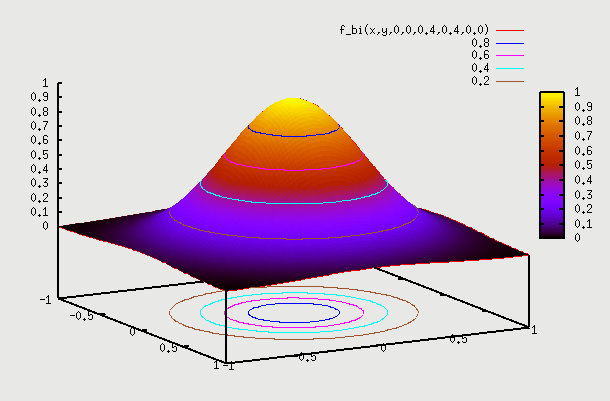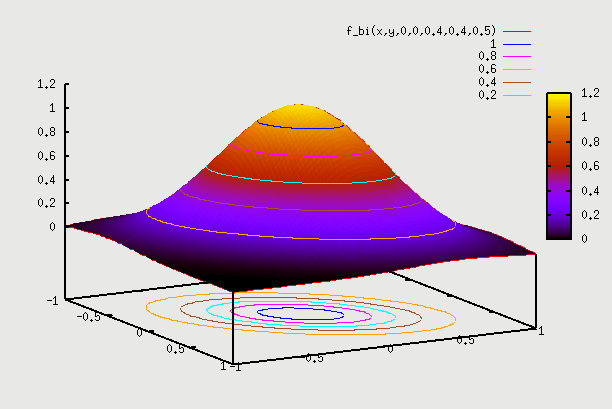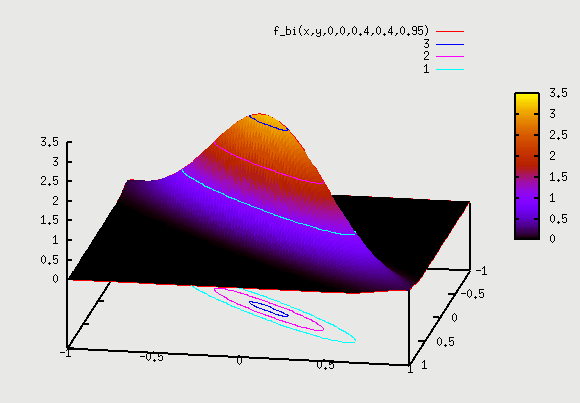- Details
- Published: Friday, 06 November 2020 20:50
- Hits: 2178
Attractions in USA
On this page, I’ll try to put all attractions that I’ve visited and found them to be worth my money. I’ve tried to be as detailed as possible in terms of what it costs to visit the place, how to find the best price for that, where to get parking, etc.
If you have maps that you would like to share or collaborate, let me know, and I can add them here. That way, we can have a very good database of “attractions to visit in USA”. These will mostly include places that are of general interest to Indians, such as general attractions, temples, Indian or other restaurants that suit to Indian taste, or anything else that you think deserves your money.
Attractions:
Most popular destinations in USA have a couple of common attractions. I list a few here:
- Tall Buildings: Every city in USA will have a tall building, and it will be listed as the top tourist attraction. Don't fall for that. Once you have been to New York, or any other tall building, no point wasting more money. They are all the same.
- Museums: Museums are some of the most boring stuff to do in any city. But if you want to teach your kids a lesson (NOT literally, I meant torture them), then museums are the way to go. There are few exceptional musems (one in Chicago, other in New York). Once you have done them, you are done.
- Cruises: If the city has a lake, river or is on the coastline, then cruises are usually the top attractions. These are worth the money, especially if the cruise is on the sea or a long river.
- Big Bus rides: These are Buses that you can ride on, and see the city. They have a guide, and usually you can hop on and hop off at various stops. So, they are nice way to tour the city without having to drive and park your car for tons of money. They do save you money, but not worth it to pay high price for the bus ride itself as they waste a lot of your time. As part of the pass (see below), they are OK.
Cities:
These are the top cities/places in USA:
- Peurto Rico (PR):
- San Francisco and Vicinity (Bay area)
- Miami
- New York
- Chicago
- Las Vegas
- Yellowstone Park
Passes:
One of the best ways to visit any city attractions is thru passes. If you are with kids and plan to show them around, passes are one of the cheaper options.These passes are offered by many companies, and they allow you to see a lot of included attractions for a fixed price. These generally save you 50% or more over visiting each paying for each attraction individually. There are 3 large companies that offer these passes for 30+ cities in the world (GoCity, The Sightseeing Pass and CityPass). They all have options for unlimited attractions for limited days (i.e unlimited attractions allowed within a fixed number of consecutive days, usually 1-10 days), or limited attractions for weeks/months (i.e limited number of attractions allowed but you have a longer duration of few weeks to complete it). The 2nd option is usually more expensive as they know that most of the visitors will be able to finish those attractions since they have so much time to finish it. All these offer almost same top attractions, but there are variations in the not so popular attractions. Be sure to check out attractions list for all of them before jumping on one or the other. There are passes offered by local companies too for many cities which are not that well advertised.
The Passes are activated once you scan it for your first attraction. So, scan it early morning of the day you want to start your pass. Since most attractions close by 4PM, to maximize your pass, you should be at your first attraction by 8AM everyday. That way you can cover 3-4 attractions/day, which will be worth the money you paid for your pass.
Sale: Most of these passes can be bought on discount, as there are frequent sales. Groupon and expedia usually have some discount on these passes from time to time. There's also nice cashback that you can get from cashback websites if you use these 2 portals to buy passes. I've found local passes too for many cities on these 2 portals. On top of that, these Pass companies will have sales on their own websites too. Usually, it's chepaer to buy on Groupon and Expedia. Compare prices from all 3 places (Groupn, Expedia and the Company website) before making a purchase. These 3 big players and local companies are all competing with each other in most popular tourist destinations as NewYork, San Francisco, Orlando, etc. So, you may get better deals in these cities. In other not so popular destinations, you may have only one or two of them offering their passes, so passes will be more expensive due to less competition.
Few things to keep in mind when buying these passes:
- 10 day pass will cost 2X of 2 or 3 day pass. So, it'a best to go with max length pass (i.e 5 or 10 day pass is much more economical than 3 day pass).
- Look for coupons/sales on internet. Also use Cashback sites to get some more % back. If groupon has these pass for same price, buy from groupon, as you get higher cashback. Expedia usually has lower cashback.
- Prioritize visiting places that usually have high prices, that way you maximize your return (in case you can't visit everything in that time period)
Below are more details on each company:
- GoCity: This is the most known and popular one. They have sales from time to time where you can save 30%+ on their passes. Signing up for email saves you 5% more.They have passes for US cities (Las Vegas, New York, San Francisco, Chicago, Orlando, Miami, Los Angeles, etc), as well as for international destinations (London, Paris, Amsterdam, Rome, Sydney, etc).
- Link => https://gocity.com/en-us
- Groupon sale link => https://www.groupon.com/landing/gocity
- The Sightseeing Pass: This is less known and seems to be a smaller company. They also have coupons and sales, so never pay full price for passes. They have passes for US cities (Las Vegas, New York, San Francisco, Orlando, Miami, Los Angeles, etc), as well as for international destinations (London, Malaga (Spain), etc).
- Link => https://www.sightseeingpass.com
- Groupon sale link =>Could not find the landing page, though sales for sightseeingpass exists on groupon. Just search.
- CityPass: This is usually confused with "local company" passes, but it's a smaller company covering only US cities as of 2023 (They do have Toronto in Canada for International destination). US cities covered are New York, San Francisco, Chicago, Orlando, Seattle, etc.
- Link => https://www.citypass.com
- Groupon sale link => https://www.groupon.com/landing/citypass
- Local Pass: These are passes offered by local companies or city. These passes are very competitive and sometimes offer better value than these big 2 companies. These are harder to know, but I'll list these in individual city section, where they are available.
Maps:
If you need help on how to create maps using google maps, and then share or colloborate with others, follow the link below to get guidance.









